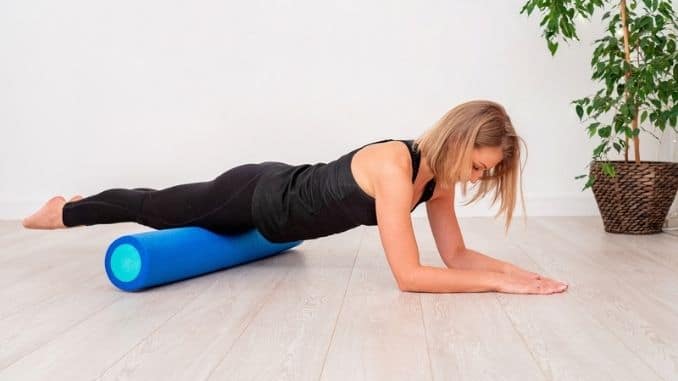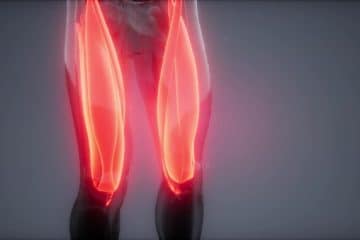Foam rollers apply a massage-like effect to the soft tissues, creating a releasing mechanism referred to as ‘self-myofascial release’, or SMR for short.
The aim of SMR is to apply a similar effect to the soft tissues as myofascial release, which is usually apply by a trained therapist (e.g. sports massage therapist, physiotherapist or osteopath). While SMR is not as effective as myofascial therapy performed by a trained and experienced clinician, it certainly offers an alternative approach for treating aches and pains at home.
There are no universally accepted guidelines for using a foam roller. In fact, there is a lot of debate amongst exercise, conditioning and rehabilitation professionals about their worth, value and use. Generally speaking, your body should be supported with your arms and/or legs so that the amount of pressure applied to the affected area can be carefully controlled. This position can then be changed in order to target specific areas. By changing your body position in this way, it is possible to foam roll almost every major muscle group and fascial sling in the body.
It’s important to note, if foam rolling is too aggressively, it can be more dangerous than beneficial. It is crucial that any foam rolling movements remain pain-free. Below are some recommended foam rolling exercises for different muscle groups:
1. Hip Flexors
- Lie face down on a mat with your foam roller under your hip.
- Place your elbows on the mat in front of you to support your body weight.
- Bend your opposite leg to the side with your knee bent at a 90-degree angle for additional support if needed.
- Extend your leg out behind you with your toes pointed. Be sure to engage your core to avoid back pain.
- Gently roll back and forth from your hip, to just above your knee and back. Place pressure on any trigger points for 30 seconds.
- Repeat the movement on your opposite hip.
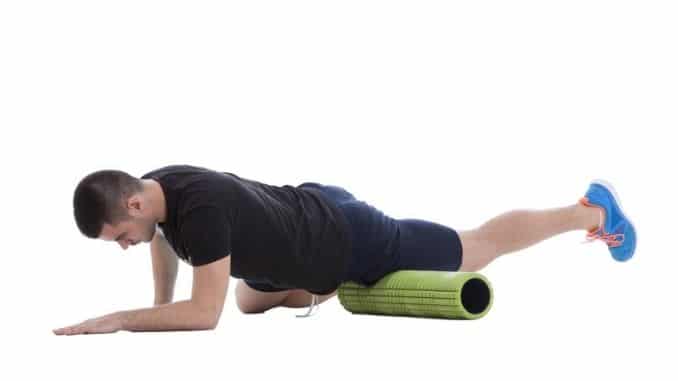 2. Hamstrings
2. Hamstrings
Your hamstrings can often feel tight due to tight hips. Tight hamstrings can also lead to inactive glutes and knee and hip problems, necessitating foam rolling modifications. Hamstring strains and pulls are incredibly common running injuries that can be addressed with foam rolling.
- Sit upright on the floor with your knees bent and feet flat on the floor.
- Straighten one leg and place the foam roller under your hamstring, just above your knee.
- After that, place your hands on the floor behind your body for support. Use your arms to lift your seat off of the floor.
- Roll the foam roller from just above your knee, to the bottom of your seat and back after that,repeat the movement.
If you find an area that is particularly tight, oscillate back and forth over that area to release the tension.
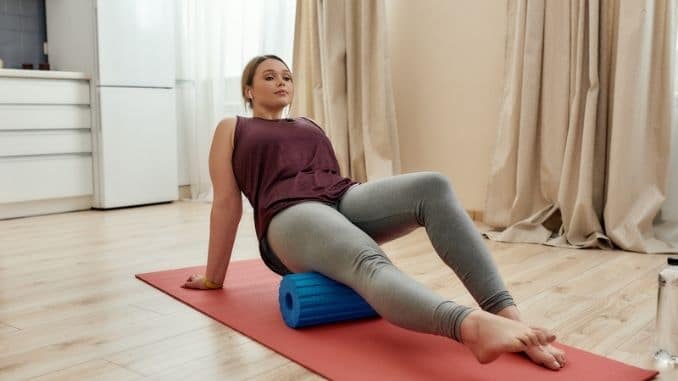 3. Glute Roll
3. Glute Roll
- First,sit upright with your knees bent and your feet flat on the floor. Place the foam roller under your seat.
- Place your hands on the floor behind you for support.
- Slowly roll from the top of your seat, to the tops of your hamstrings and back. Avoid your tailbone area.
In addition,if foam rolling modifications are needed, and this places too much stress on your wrists, lower to your forearms.
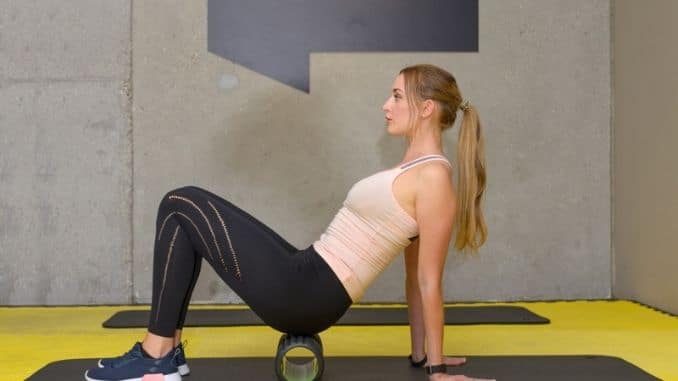 4. IT Band
4. IT Band
- Lie on your side on the floor after that, place your hand or forearm on the floor to support your weight – whichever is more comfortable.
- Cross your top leg over your bottom leg and plant your foot on the floor in front of your opposite knee.
- Place the foam roller under your bottom leg, just above your knee.
- Lastly,slowly roll from the top of your knee, to your hip and back.
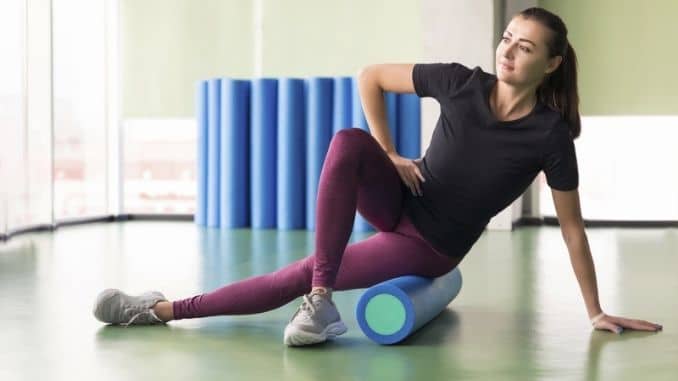 Foam rolling can have a profound effect on muscles and other connective tissues, but it is extremely important to use proper form. Tips and tricks for foam rolling modifications include:
Foam rolling can have a profound effect on muscles and other connective tissues, but it is extremely important to use proper form. Tips and tricks for foam rolling modifications include:
- Never roll over bony prominences. Bones can be a mistake for adhesions, but you can reoeat rolling can result in inflammation.
- Avoid rolling over joints. Rolling joints can cause inflammation of the tendons and ligaments. Also, avoid hyperextension of unsupported joints.
- Avoid rolling the lower back. Hyperextension of the lumbar spine can cause injuries, although rolling the thoracic spine can provide relief from upper back pain and poor posture. The neck should also be avoid.
- Increase the intensity and duration of foam rolling gradually to avoid soreness or bruising. Foam rolling can be uncomfortable, but should never be extremely painful.
- Stay relaxed and avoid holding your breath to maximize the effectiveness of the treatment.
- Understand that it may take several sessions of SMR to free stubborn adhesions. Overworking an area can result in severe muscle soreness and even bruising. Mild soreness is not uncommon.
- Significantly,remember to avoid rolling areas that are still sore from a previous SMR session.
Get fit for life! Click here to learn more.
Unlock your potential with the Fitness For Life Bundle! Transform your fitness journey with expert-guided workouts, nutrition plans, and lifestyle tips all in one comprehensive package. Take charge of your health today and embark on a journey to a fitter, healthier you. Don't miss out – grab your Fitness For Life Bundle now and start your transformation!

